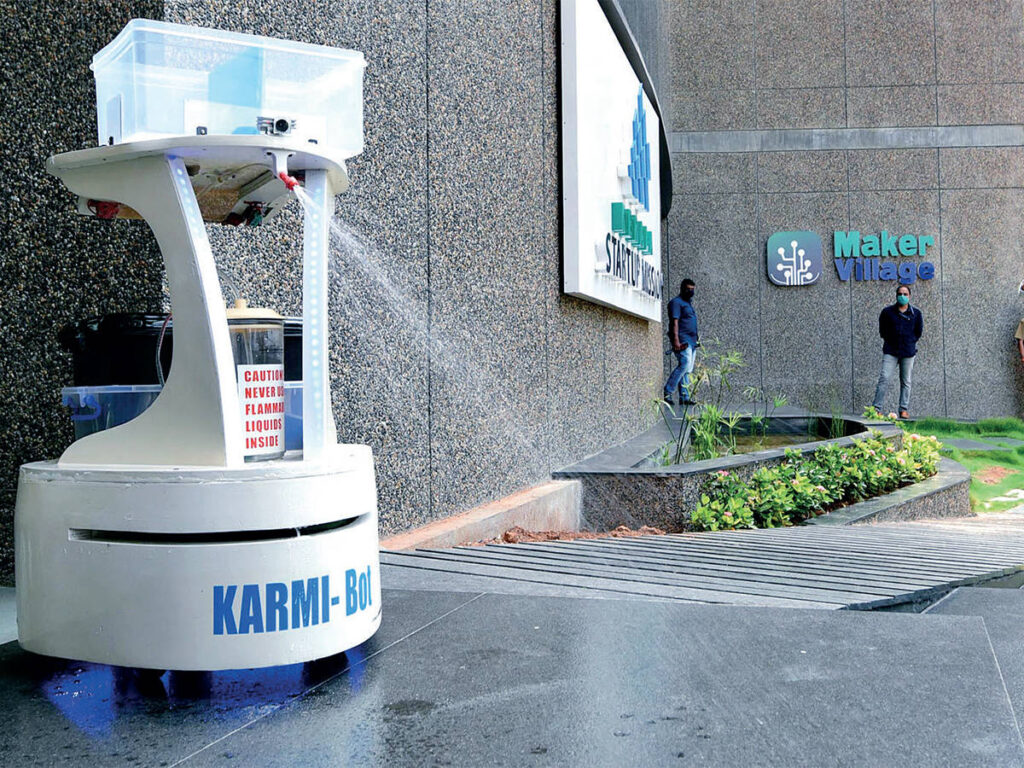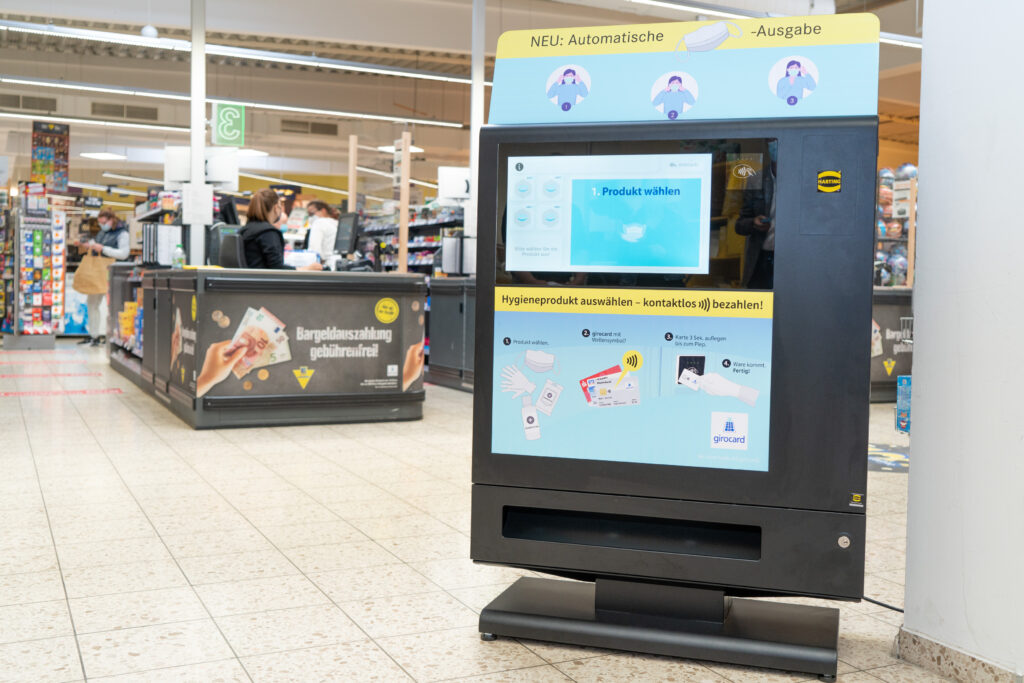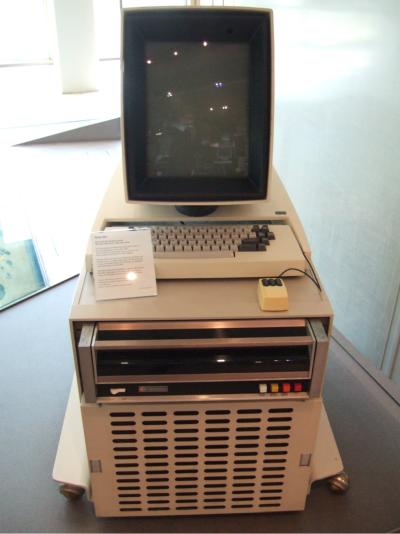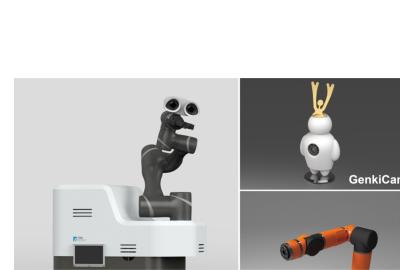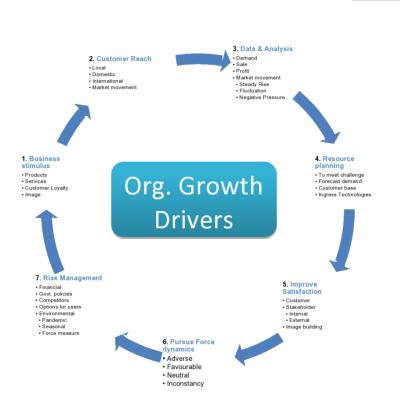Transforming the Industry in the Wake of Pandemic
Business leaders should keep in mind that this disruption is impacting everyone in society and not just their business alone says Jasbir Singh.
Companies have been busy in development of industrial productivity through automation, robotics, and artificial intelligence, but none could have anticipated the sudden disruption caused by the Covid-19 pandemic. While development was being done keeping focus on risk analysis by measuring its impact due to change in inputs and output quality parameters, none could have predicted the ultimate disruption in business models with umbrella impact on all parameters due to the Coronavirus.
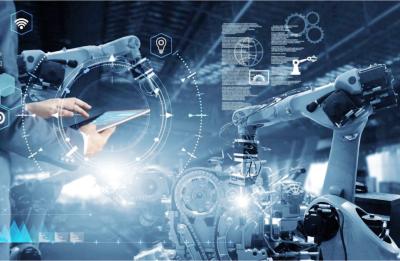
Intelligent process
Companies have now been pondering upon the role of artificial intelligence to forecast these sudden disruptions well in advance by the use of advance automation for predictions like it is done for the failure in industrial equipment. There is need to explore the use of enhanced robotic capabilities which can be quickly transformed for management of various systems, where human intervention is not possible or advisable during such an eventuality. This includes almost all public dealing departments that need services, including hotels, departmental stores, hospitals, public places, metro stations, traffic control, etc., and use of AI equipped drones to transport deliveries, supply chain and so on.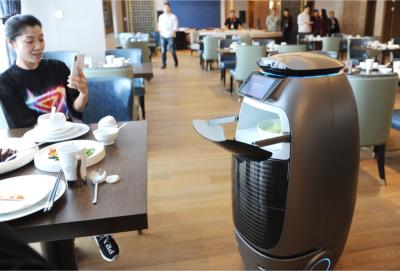
here are two situations to understand, the first and foremost being the immediate recovery from this pandemic locally and globally, when fear to fall victim to the Coronavirus can be marginalized. The second scenario is the impact on business, or in other words, on the economy of countries around the world. No one knows, what will be the lasting effect of the coronavirus on our business, whether it will subside or keep spreading for a long time. It might force companies to send employees to work from home for long terms through telecommuting. Currently this may lead to loss of some productivity and cancellations of various reviews by superiors/experts. Companies have to evolve new models, newer practices, firewall protection at individual machine level to protect privacy of documents and works. New developments need more digitalisation of machines and safety of environment which is presently lacking, or implementation of such systems is expensive and/or out of from reach of SMEs. In present circumstances the lab testing/online of new developments is a bit challenging but once tested it will be reliable.
The ray of hope about this pandemic going to be over soon is still not visible. It is not predictable for the crisis might blow over or it will probably start declining in the next few weeks is a matter of judgment but no firm prediction has emerged yet. But it certainly does not look like subsiding in the next few weeks and where emotional intelligent will a play vital role by which we have to create a levels of respect for others and develop calm on our emotional sentiments.
Pool the ideas
With the use of Artificial Intelligence and digital technology, medical science researchers are joining hands with technology for scientific breakthroughs to rapidly test new vaccines under development and gather data to simulate performance and longevity to protect human life without negative side effect. Machine learning technique is adopted to gather data and improve results of predictions in different climatic conditions, food habits, areas people dwell and other vital factors. People need a safe solution right now for containment of the virus at one end, and on the other side develop vaccine for protection by increased immunity in humans. Medical science is trying to develop the best solution during this health crisis affecting the entire world. This disruption in human life is testing everyone’s emotional and social functioning. It will try out the emotional intelligence of business leaders in wake of current and future business in community based functioning of humanity.
Transformation of business functions
During this time of global transformation it is the responsibility of business leaders to show empathy, bear unprecedented disturbance, display optimism, and exhibit flexibility that will lead the business out of this crisis. It may bring down partly the constant involvement of leaders and improve ability of all stakeholders to self-direct and get into problem-solver mode on a regular basis. Business leaders should keep in mind that this disruption is impacting everyone in society and not just their business alone. We have no idea what impacts it is causing on other people, which may change the business dynamics further, and by adopting broader mind-set shall make us a more generous and calmer leaders. Defining the term leader, where people being leader at home, in public, at work and for business, everyone falls in a similar situation to deal with, during this abrupt disruption. The cure to manage highly elevated levels of stress, pessimism, and rigidity, which only compound our frustration and ability for problem solving, is to control our emotions.
While it will be difficult to feel optimistic, start by realising that everyone else also wanted to overcome the prevailing situation by change of plans and policies to maintain reasonable good productive output. Manage with cumulative stress from negative news which are evolving daily, adversely impacting the overall business environment, which affects problem solving abilities. However, leaders need to maintain calm and offer helpful gestures to allow associated people to manage their functions in the best possible way.
Use of technology
Digital technology has enabled us to work from any place/anywhere and manage it by tele/video conferencing, online chat with peers/customers and seamless transfer of data by use of block chain. Innovation plays a major role in bridging the gap between needs and essentials. Sometimes these evolved solutions become the great invention of time for future business and it is used for other sectors of life. Leaders with foresight at this stage, by taking an extra step, are protecting everyone while demonstrating endurance and flexibility. The flexibility enables others to adopt a similar approach, so that they can continue to perform the task without distraction and with high productivity.
Avoid inviting guests for meeting at office unless for some very specific reason, share the latest communication available protocols for audio/video conferencing, communicate via email and have use anti-virus firewall while communicating digitally through any web portal. Video conference call software such as Zoom, Bluejeans, and Google Hangouts can be used to arrange face to face meetings to capture the emotions while having discussions. Modern technology such as Docusign can be used to avoid the spread of viruses to human-beings through fingers touching, biometric signature entry, check-in at reception devices, exchange of pens, and countertops at the registration desk at reception of hotels. Some online software are available for communication through networking via online conferencing selecting from any of these are Hopit, Thinkific software for podcast and training. These also have various additional advantages:
Universal Location: Online teaching where trainer can record from anywhere. Increased possibility to record from home, from studio or from any part of world and similarly student can learn from anywhere.
Prerogative of Time: Many online music instructors create their own lessons that are made online ready available. Here students navigate through the available material on web by themselves. They can choose a live teaching component or download the required level of training module, learn during free time and repeat lesson.
Economical: Online courses can be economical by not sharing your earnings with a schools, or even rent a space for your training and so their movement to learner saving money on transportation to and run multiple classes simultaneously apart from investing in an online course platform to deliver the content.
Forceful impact: Think about the amount of time it takes you to prep and deliver a one-on- one lesson. With courses, you can invest the same amount of time and energy creating your classes, and train hundreds of students around the world.
Limitless revenue generation opportunity: With online courses/training module/teaching module, there is no ceiling on earning potential. Number of learners, who enrol in online program, can be unlimited. Ability to train is no longer linked to the available time of trainer. Using home as office to keep the project on similar pace by using video conferencing using no add on cost software like Skype, FaceTime and Google Hangouts which are well proven to bridge the gap between pears, subordinate and even seniors while staying distance apart. Various collaborative software are available such as Slack which can be used to create hub where designated people with required information come together, helping team to perform specific task.
Another software, Shotgun, makes life easy during work by providing access of task information, monitor versions, and data publishing from an embedded panel. Play back versions are available which can be sent to review by team leaders, and send quickly reply by notes keeping our application on. Publishers here track the file versions even by using creative tools supported by Shotgun. Functions like quickly find and load files published to Shotgun. Shotgun automatically organises files and its versions to easily track in future
Recently Apple and Google said they were building software into smartphones that would tell people if they were recently in contact with someone who was infected with it both for apple and android phones. They will enable the smartphones to constantly log other devices they come close, enabling what is known as “contact tracing” of the disease. However people would opt in to use the tool and voluntarily report if they became infected. Business leaders need to show empathy, optimism and gratitude with the people for their work. They should be thankful for their understanding and cooperation. Remind yourself that the people you lead will work together again. Position yourself with people and develop a gratitude ethos and consider that these people are doing the best as they can in this critical time of uncertainty when anxiety spikes. Empathy is the key to consider that we are all together in the same situation and together we will find a way forward. We all are human facing this odd and emotionally intelligent character will help and support team to come out of this situation with innovative ideas and solutions. As Darwin surmised, ‘those who survive are not the strongest or the most intelligent, but the most adaptable to change’.
Jasbir Singh, Director, ECPR Technologies has over 32 years of business experience with extensive international exposure, both from business and cultural points of view. He is one of the experts in Foundation Fieldbus technology and recognised for continuous improvement in technological development.


